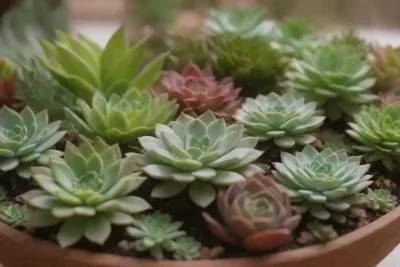
Exploring the Appeal of Dwarf Succulents in Home Gardens
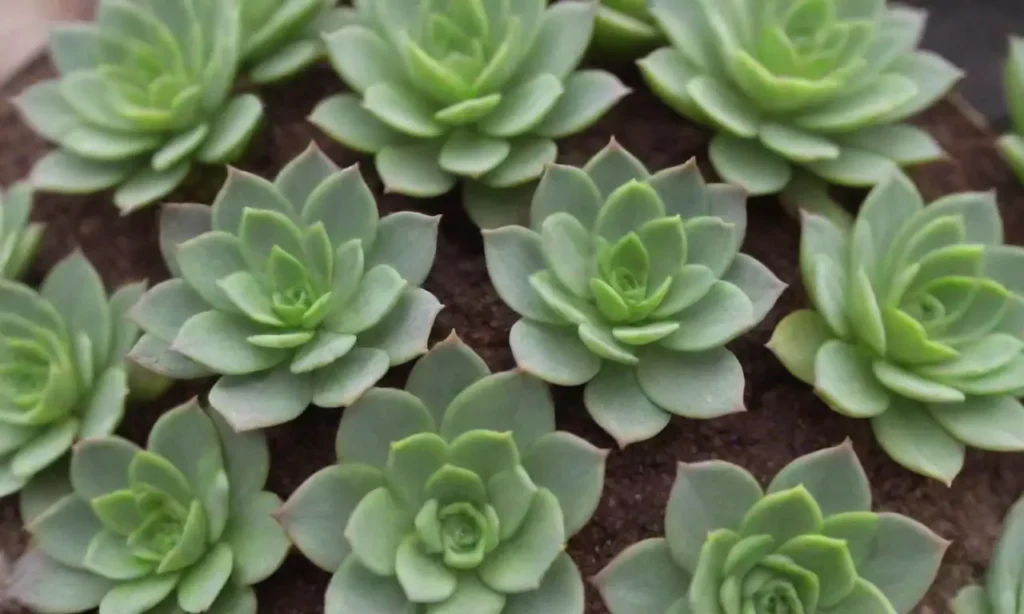
Introduction
In recent years, dwarf succulents have captured the hearts of plant enthusiasts and casual gardeners alike, thanks to their stunning aesthetics and low maintenance requirements. These petite and resilient plants, often characterized by their fleshy leaves and unique forms, lend an air of whimsy to any garden or indoor space. With their ability to thrive in various environments, dwarf succulents have become a favored choice for those looking to add greenery without the commitment associated with larger plants.
This article aims to explore the many facets of dwarf succulents, including their growing popularity, care requirements, and the various ways they can embellish both indoor and outdoor spaces. As we journey through the appealing world of these miniature plants, you will gain insights on how to incorporate them into your home garden, the benefits they offer, and practical tips for ensuring their health and vibrancy.
The Rise of Dwarf Succulents in Popular Culture
Dwarf succulents have seen a remarkable rise in popularity in recent years, largely due to the booming trend of home gardening and urban jungle aesthetics. As people increasingly seek to cultivate enjoyable and relaxing spaces within their homes, these small plants have become iconic symbols of modern gardening. Social media platforms like Instagram and Pinterest are filled with images showcasing intricate arrangements and stunning displays of dwarf succulents, inspiring others to dive into this enthralling hobby.
The appeal of these plants is not just visual; dwarf succulents are incredibly versatile. Their compact size makes them ideal for anyone with limited gardening space, such as apartment dwellers or those with tiny balconies. Moreover, they can be creatively arranged in decorative pots, terrariums, or even used as ornamental ground cover in small outdoor gardens. This versatility has made them a newfound favorite among millennials and younger audiences who crave style and practicality at home.
Beyond their aesthetic charm, dwarf succulents bring a host of environmental benefits. As hardy desert plants, they require minimal water and can survive in less-than-ideal soil conditions. This drought-resistant quality lends itself well to efforts in promoting sustainable gardening practices. Furthermore, since many dwarf succulents are native to arid environments, they typically come with fewer pests and diseases, making them easier to care for with less chemical intervention.
Characteristics of Dwarf Succulents
Dwarf succulents exhibit a rich variety of color, shape, and texture, contributing to their profound appeal. With a huge range of species and hybrids available, these plants evoke curiosity and excitement among gardeners. Each succulent offers something different, making them easy to find options that align with individual tastes and preferences.
Types of Dwarf Succulents
Some of the most popular types of dwarf succulents include Haworthia, Echeveria, Sedum, and Crassula. For instance, Haworthia plants feature stunning green and white striped leaves, often resembling miniature aloe plants. These unique aesthetics can transform any small space into an oasis of creativity. On the other hand, Echeveria encompasses a stunning array of vibrant colors, ranging from deep reds to blues and greens, perfect for those who enjoy a splash of color in their decor.
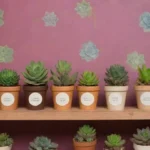 The Fascinating Size Debate: Mini vs. Majestic Succulents
The Fascinating Size Debate: Mini vs. Majestic SucculentsAdditionally, Sedum comes in various styles, from trailing varieties like Sedum morganianum to compact forms perfect for rock gardens. Crassula, known for its iconic jade plants and countless adaptations, provides a lovely assortment of shapes and sizes that can complement other succulents in arrangements. Collectively, these varieties make dwarf succulents a diverse and exciting group to explore.
Another appealing characteristic of dwarf succulents is their adaptability to varying light conditions. Many of these plants thrive in bright, indirect light but can also tolerate lower light levels, making them an excellent choice for various home environments. This adaptability means that even indoor plant care novices can successfully cultivate and enjoy a lush indoor garden.
Caring for Dwarf Succulents

Though dwarf succulents are generally low-maintenance, they still require some basic care to thrive. Understanding their needs will ensure these delightful plants stay healthy and vibrant, rewarding you with years of enjoyment.
Watering
One of the most critical aspects of caring for dwarf succulents is getting their watering schedule just right. Overwatering is the leading cause of succulent demise, often resulting in root rot. Therefore, it is essential to allow the soil to dry out completely between watering sessions. A good rule of thumb is to water your dwarf succulents every two to three weeks during the growing season (spring and summer) and reduce watering during their dormant months (fall and winter).
The right potting mix also plays a role in proper watering. A well-draining soil mix specifically formulated for succulents or cacti will help keep moisture levels at bay. Additionally, pots with drainage holes are essential to allow excess water to escape. Always monitor your plants closely—if their leaves appear shriveled, they may be thirsty; if they appear mushy or translucent, they may be overwatered.
Light Requirements
Another important component of succulent care is exposure to light. Most dwarf succulents prefer bright, indirect sunlight but can also manage with some direct morning sun. Ideally, position your plants close to a window that provides filtered light, as too much direct sunlight can scorch their leaves. It’s crucial to observe how your succulents respond to their environment; if leaves start curling or changing color, it may be a sign to adjust their lighting conditions.
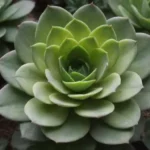 A Deep Dive into Gigantic Succulents for Your Garden Oasis
A Deep Dive into Gigantic Succulents for Your Garden OasisIf you reside in areas with limited natural light, consider using grow lights to provide the necessary light spectrum for your succulents. Timers can help automate light exposure, allowing you to recreate their natural environment indoors.
Creative Uses of Dwarf Succulents in Home Gardens
The versatility of dwarf succulents makes them fantastic additions to various design schemes in both indoor and outdoor spaces. Their compact size allows gardeners to experiment with multiple arrangements and styles without feeling constrained by space.
Vertical Gardens
One fascinating trend is the use of vertical gardens. Dwarf succulents are perfect for this application due to their small size and diverse colors. You can create a stunning green wall by planting a variety of dwarf succulents in a wall-mounted container, hanging planter, or even repurposed wooden pallets. These vertical installations can serve as stunning focal points in your home and add depth to the space. Plus, they maximize horizontal space, making your tiny apartment feel more inviting and vibrant.
Terrariums
Another creative way to incorporate dwarf succulents is through terrariums—beautiful glass containers that house miniature ecosystems. These charming displays are not only decorative; they also provide the ideal moisture level for succulents. When arranging a terrarium, consider using a mix of different types of succulents to bring in contrasting colors and shapes. Add decorative elements like pebbles, decorative stones, or figurines to enhance the visual appeal. Terrariums make excellent gifts and are perfect for personalizing office spaces or living rooms.
Outdoor Arrangements
In outdoor spaces, dwarf succulents can serve as eye-catching ground cover. These resilient plants can establish themselves between stepping stones or create intriguing borders around larger plants. Any sunny rock garden can become a canvas for artistic arrangements, where the beauty of dwarf succulents can shine amidst their natural landscape. Additionally, they can pair well with other drought-resistant plants, leading to a low-maintenance garden that actively supports local ecosystems.
Conclusion
Dwarf succulents undoubtedly represent an exciting trend in the gardening world, bridging the gap between aesthetics and practicality. Their unique characteristics, ease of maintenance, and adaptability enable anyone to dive into succulent care. With so many types and varieties available, there is bound to be a selection that fits into your home and aligns with your design preferences.
Whether you're looking to build a breathtaking vertical garden, create captivating terrariums, or simply add greenery to your indoor space, dwarf succulents offer endless possibilities. As you explore the vast array of options and design opportunities, you’ll find that these delightful plants provide much more than beauty—they embody a rewarding relationship with nature that nurtures not just gardens, but also the soul.
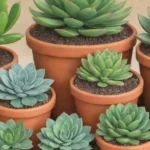 How to Create a Balanced Succulent Garden with Size Variations
How to Create a Balanced Succulent Garden with Size VariationsSo, whether you're a seasoned gardener or just starting on your succulent journey, let the world of dwarf succulents inspire you. Embrace creativity, play with colors, and watch your home transform into a lively haven filled with character and charm. Your new green companions are waiting to thrive in your care, bringing joy and tranquility into your everyday life. Happy gardening!
If you want to read more articles similar to Exploring the Appeal of Dwarf Succulents in Home Gardens, you can visit the Size variations category.

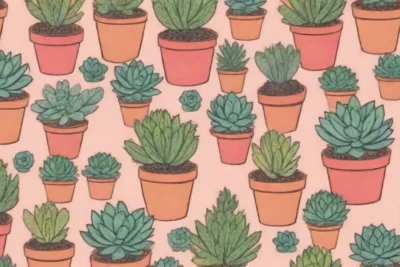
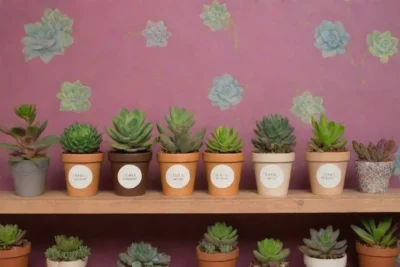
You Must Read